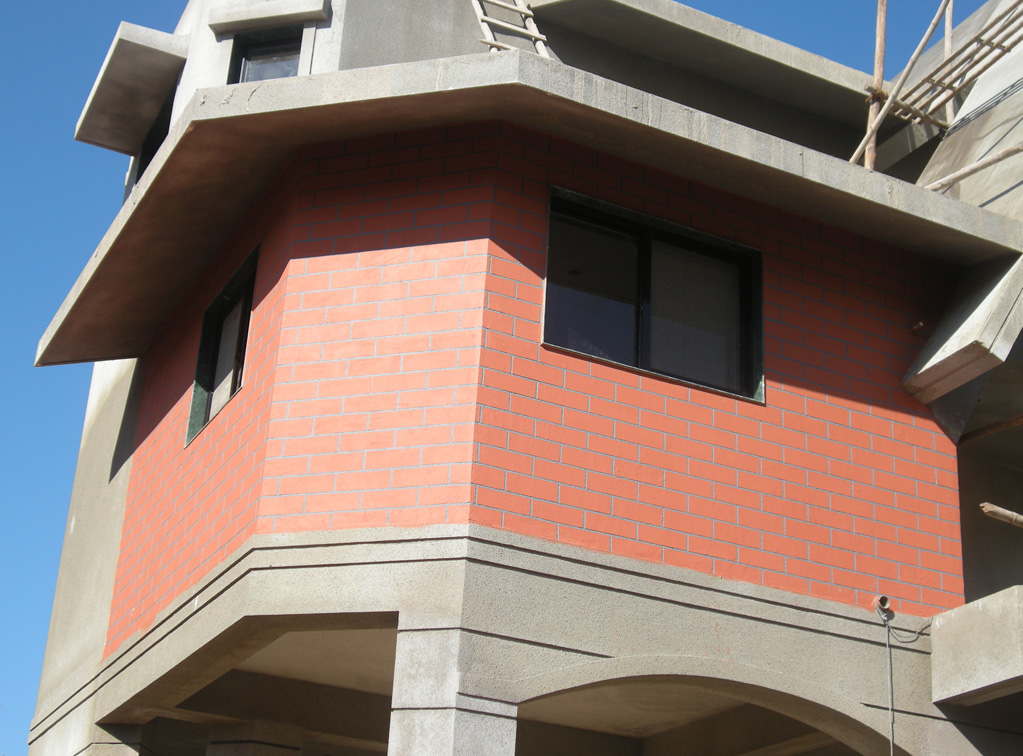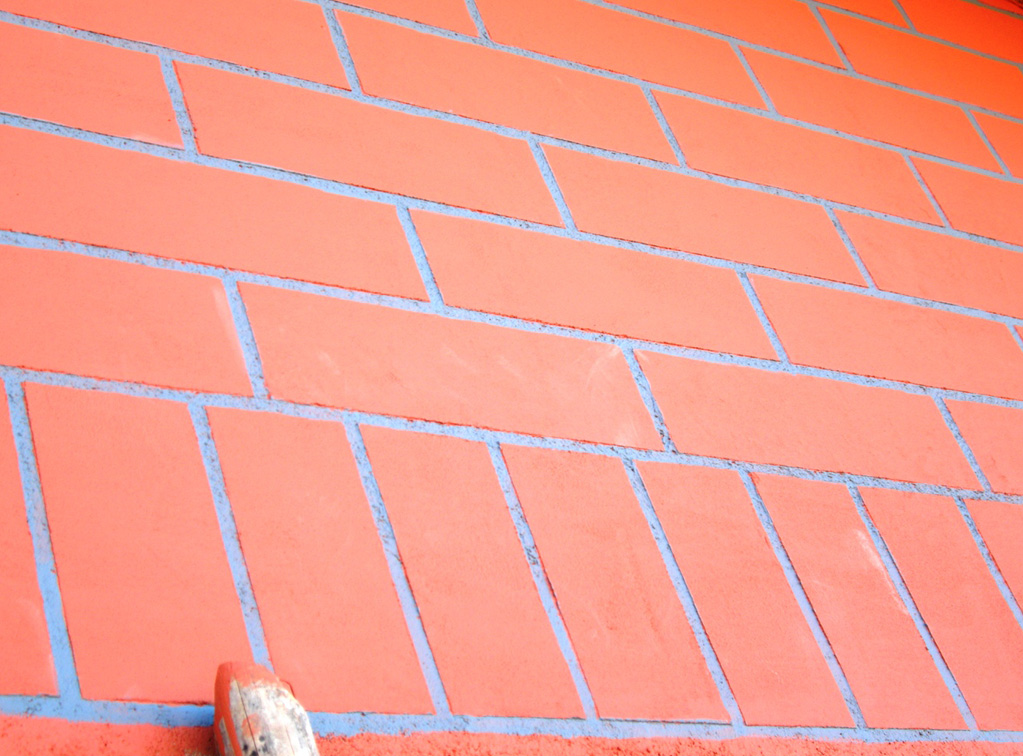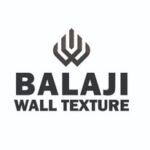Brick Wall Texture Design
Introduction to Balaji Brick Wall Texture Design
Balaji Brick wall Texture Design stands as a testament to the innovative evolution in architectural finishes, offering an exceptional way to enhance both interior and exterior spaces. This unique product brings the timeless appeal of brick with a twist of modern customization, making it a perfect fit for those who cherish both traditional aesthetics and contemporary design flexibility. Whether it’s for a cozy home setting or a striking commercial facade, Balaji Brick Wall Texture Design offers endless possibilities to transform spaces with its rich, tactile beauty.
The Rich Palette of Wall Texture Design and Finishes
The Rich Palette of Brick Wall Texture and Finishes:
Variety of Textures
- Smooth: Sleek, polished look for contemporary designs.
- Wire-Cut: Dynamic, striated appearance for visual interest.
- Matt: Non-reflective, sophisticated surface.
- Textured/Honeycomb: Adds depth and tactile quality.
- Rustic: Aged charm for traditional projects.
- Example: Use case studies to illustrate each Brick wall texture’s unique appeal.
Specialized Coloring Effects:
- Gradient effects, speckled finishes, custom hues.
- Enhance the individuality of each project.
- Example: Coastal resort in the Maldives mimicking ocean hues.
Customization: Transforming Visions into Reality:
- Infinite Color and Design Possibilities:
- Wide range of color options and tailored designs.
- Example: Tech campus incorporating company branding.
Product Specification and Application:
Composition:
- High-quality blend of inorganic mineral fillers, pure quartz, and broad-spectrum fungicide, stabilized by an acrylic co-polymer.
Wide-Ranging Applications:
- Versatility in Use:
- Suitable for residential, commercial, and institutional buildings.
- Example: University campus in Sydney using cohesive textures.
Application Process:
- Three-coat system: base, intermediate, top.
- Total thickness: 4.0 to 5.0 mm.
- Straightforward and efficient.
Key Advantages: Unmatched Quality and Durability:
- Benefits:
- Easy application, aesthetic appeal, durability.
- Resistant to water, abrasion, alkali, and acid.
Creative Applications and Design Ideas
Residential Spaces
- Accent Walls: Use Balaji Brick wall texture Design to create stunning accent walls in living rooms or bedrooms, adding warmth and character.
- Kitchen Backsplashes: Apply it in kitchens for a durable, stylish backsplash that mimics traditional brickwork.
Commercial and Public Buildings
- Exterior Facades: Perfect for giving commercial buildings a classic brick wall texture appearance with a modern twist.
- Interior Design Elements: Use in cafes, restaurants, or offices to create feature walls or decorative elements that add brick wall texture and depth.
Custom Patterns and Effects
- Experiment with different laying patterns, such as herringbone or basketweave, for a unique look.
- Combine various colors and finishes to create distinctive, eye-catching designs.
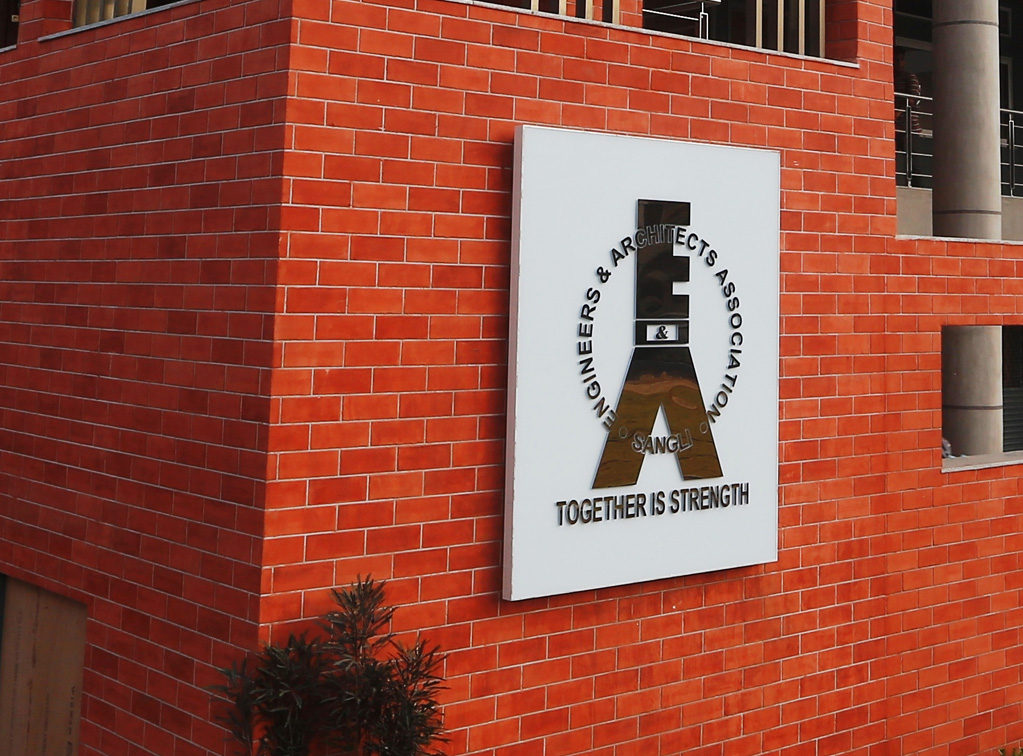
Role in Contemporary Architectural Trends
Blending Tradition with Modernity
- Balaji Brick wall Texture Design the gap between traditional brick aesthetics and contemporary design preferences, offering a solution that fits into various architectural styles.
Textural Diversity
- The trend towards incorporating varied textures in architecture is well-supported by this product, as it adds both visual and tactile dimensions to spaces.
Customization in Design
- The growing demand for personalized design solutions in architecture is met by the customization options offered by Balaji Brick Design Texture.
Sustainability Aspects
Eco-Friendly Material Choices
The consideration for environmentally sustainable materials in construction can be addressed by the eco-friendly composition of Balaji Brick wall texture Design.
Longevity and Durability
Its durability means less frequent need for replacement or repair, contributing to sustainable building practices.
Energy Efficiency
The brick wall texture’s potential insulative properties might contribute to energy efficiency, especially in buildings where thermal regulation is a priority.
In summary, Balaji Brick wall texture design is not only an aesthetic and practical addition to both residential and commercial buildings but also aligns well with contemporary architectural trends and sustainable building practices. Its versatility, durability, and potential for customization make it a valuable tool in the arsenal of modern architects and designers.
Samples


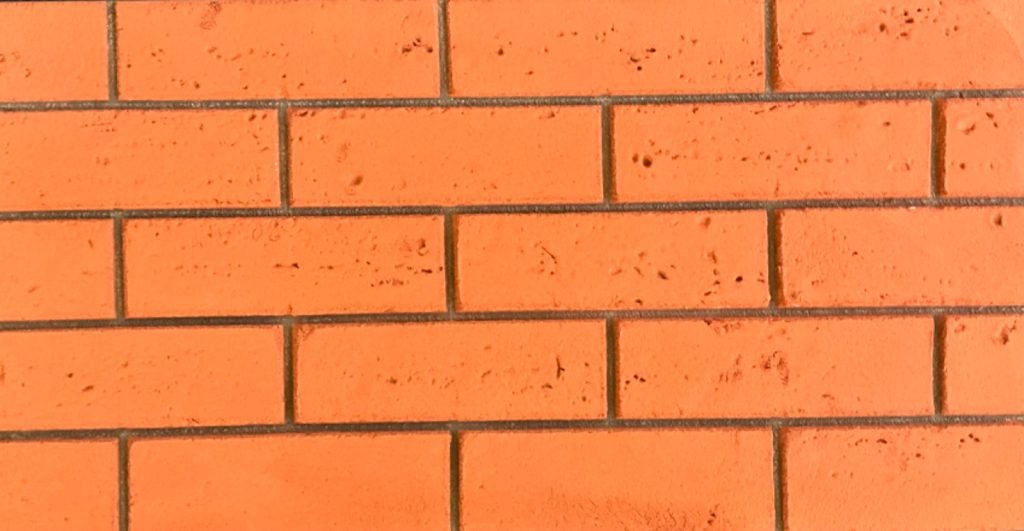

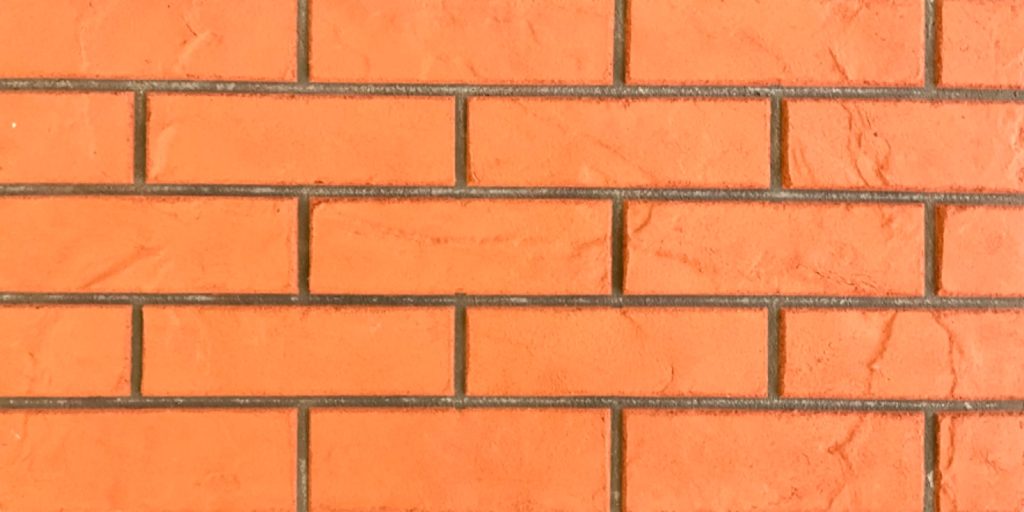
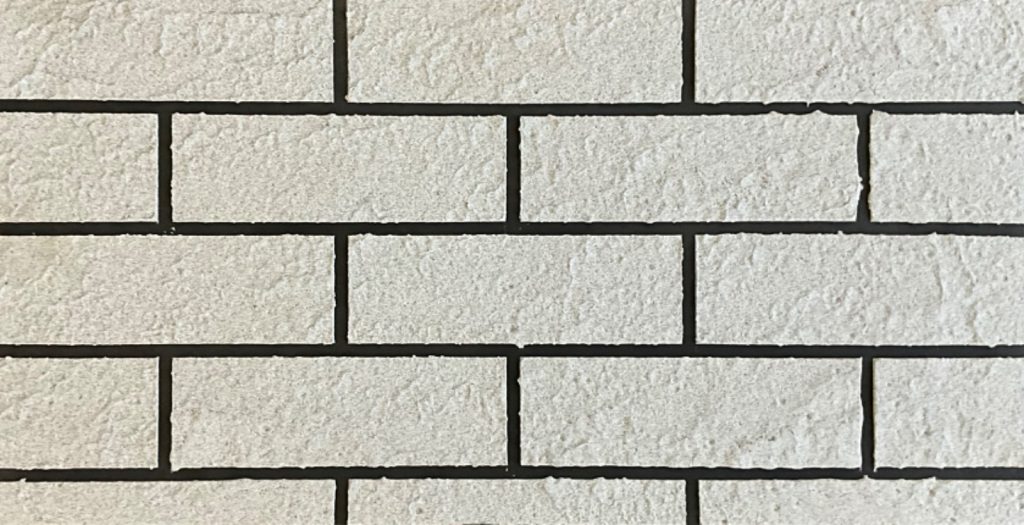
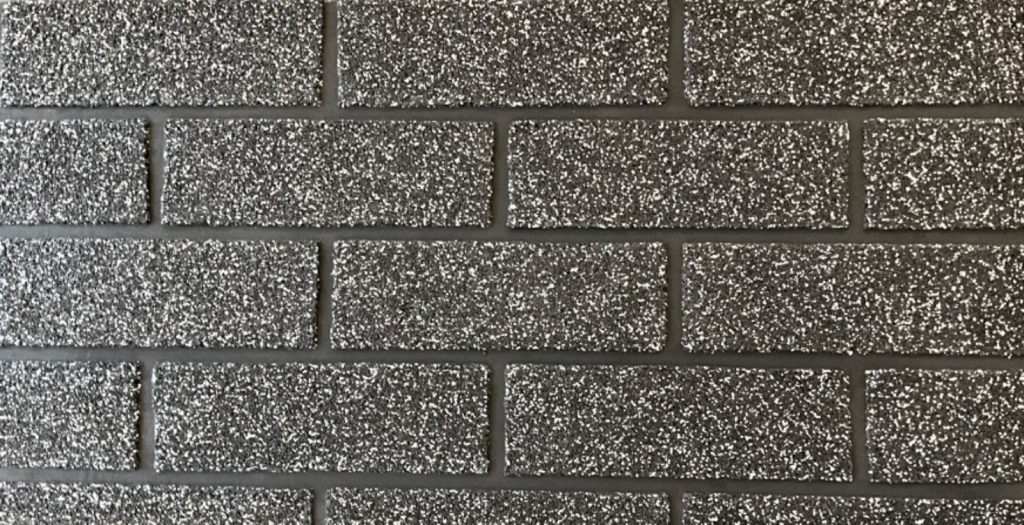
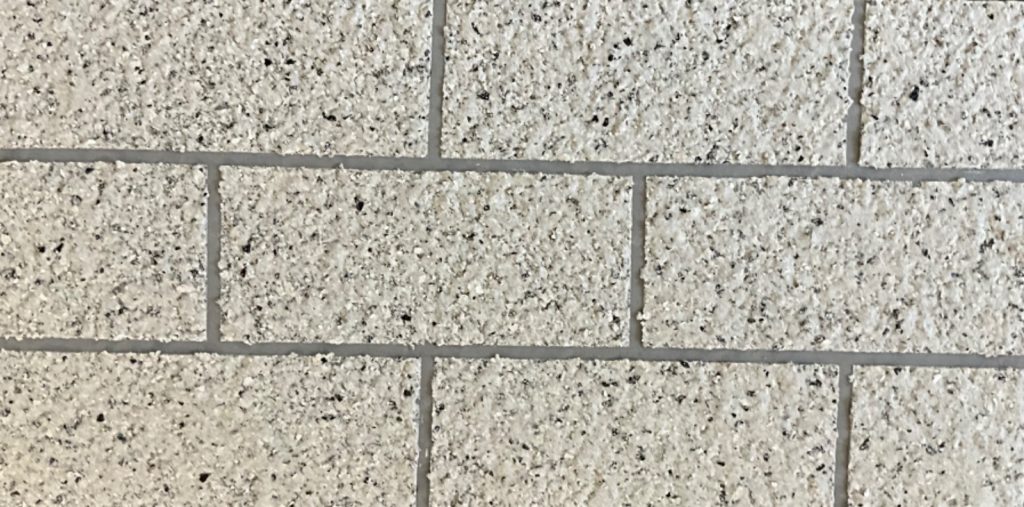



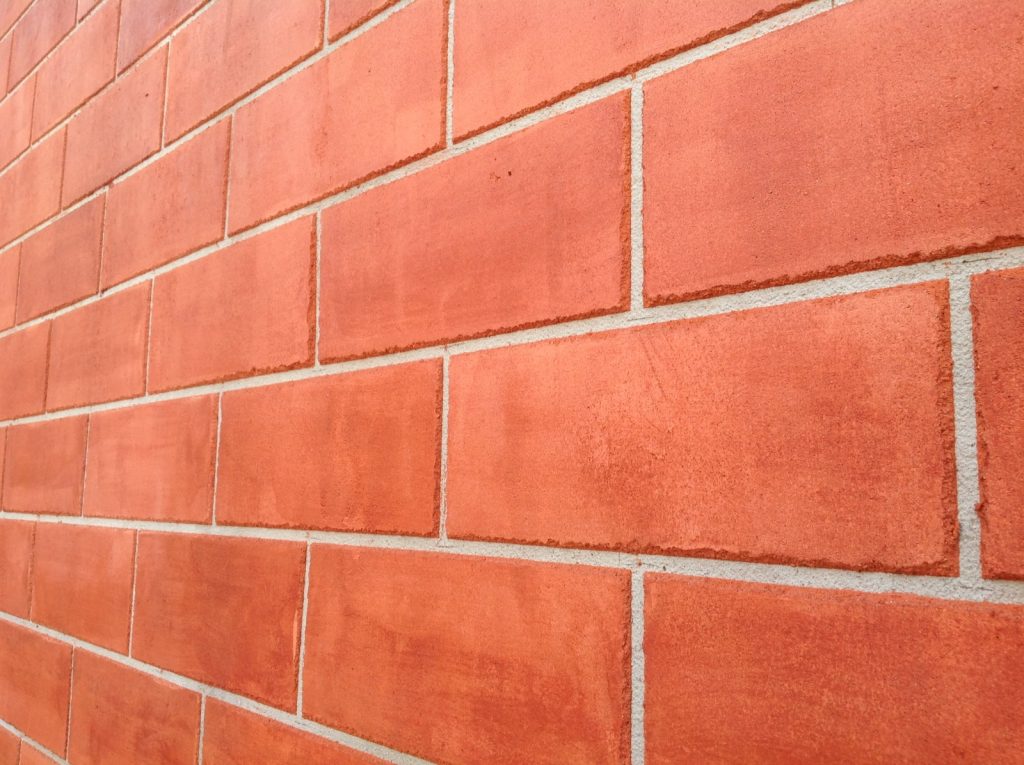

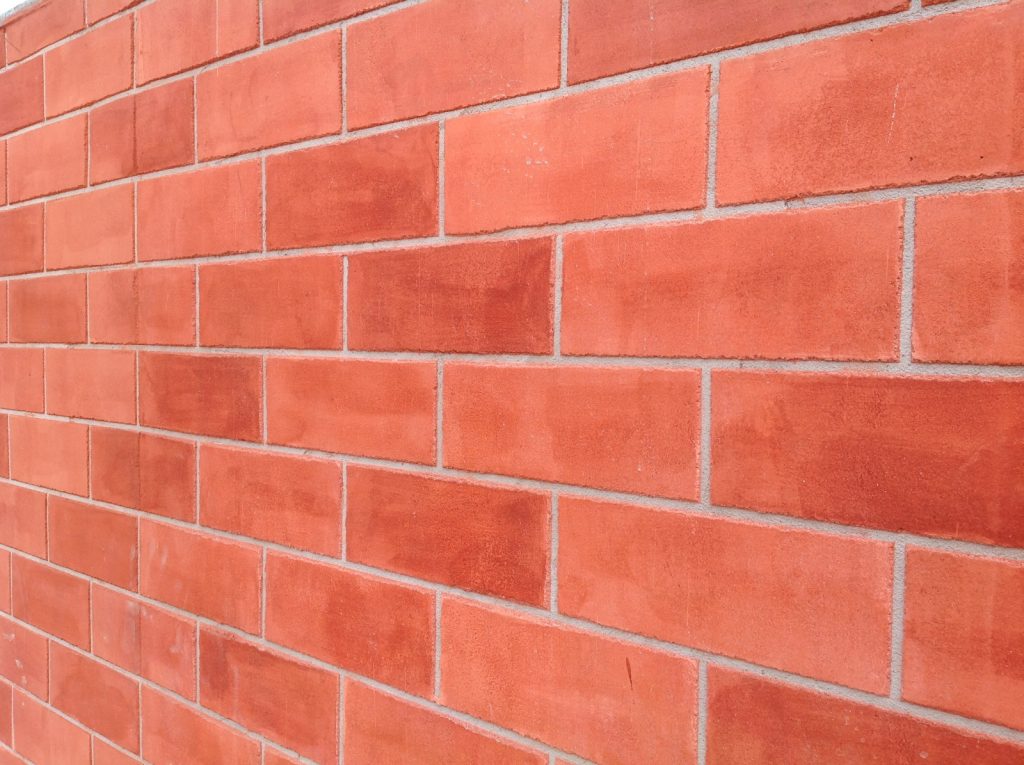


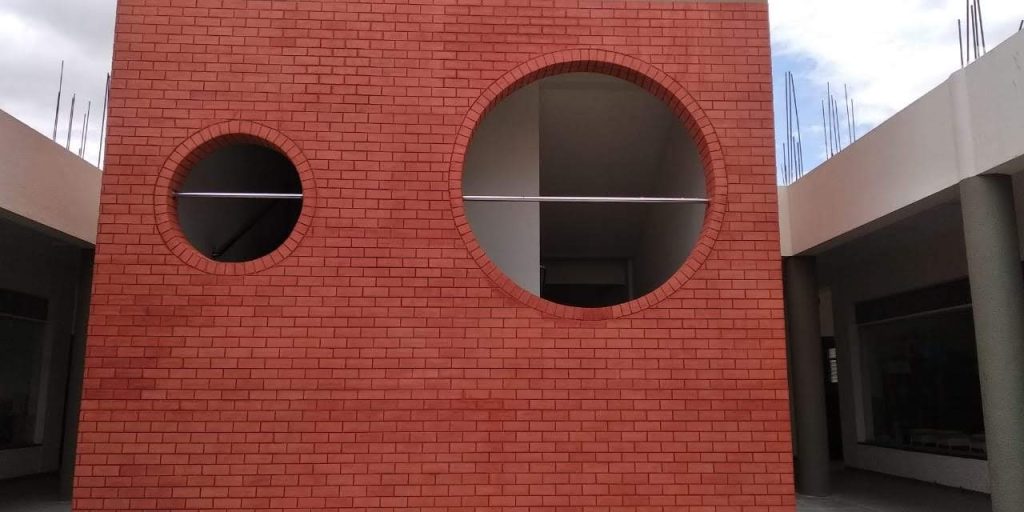

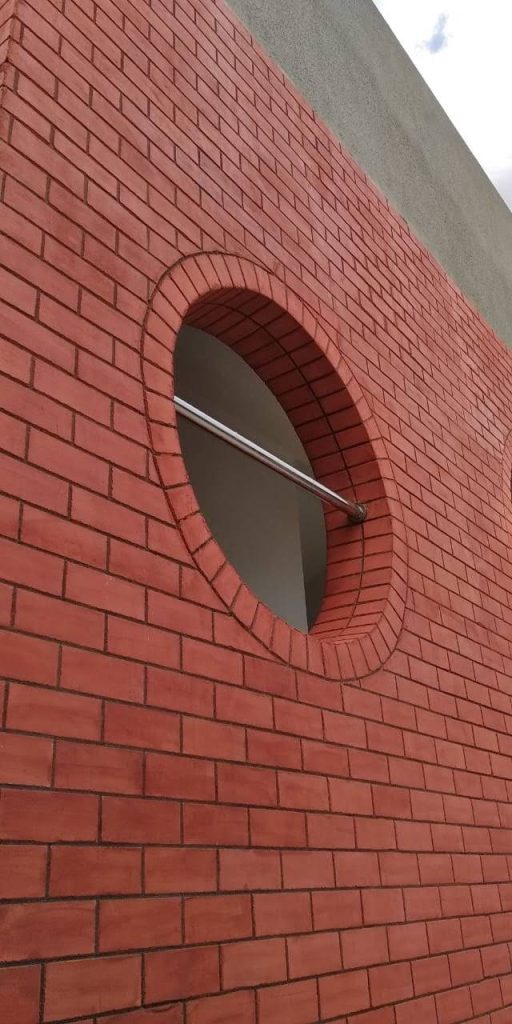
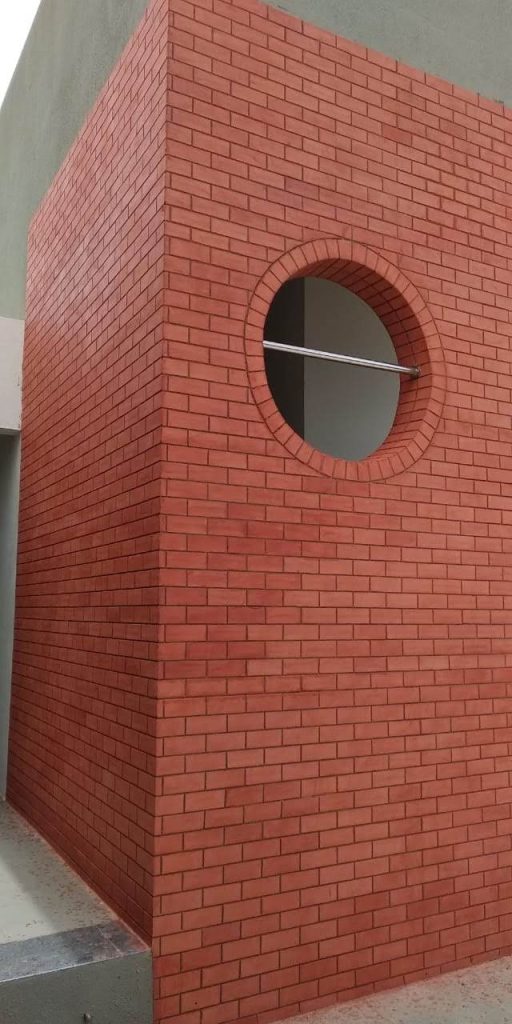
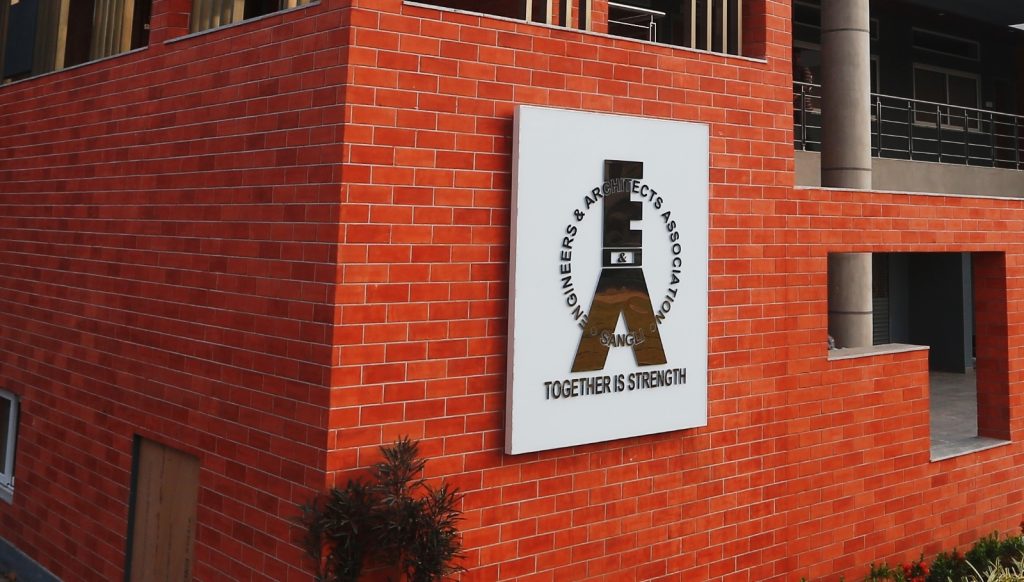
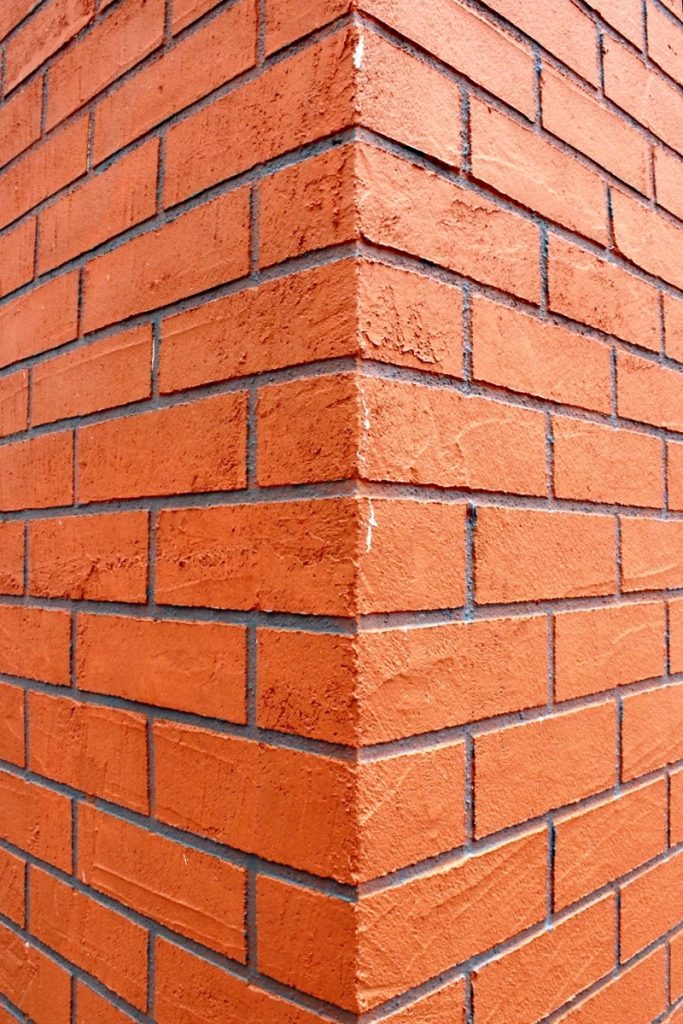
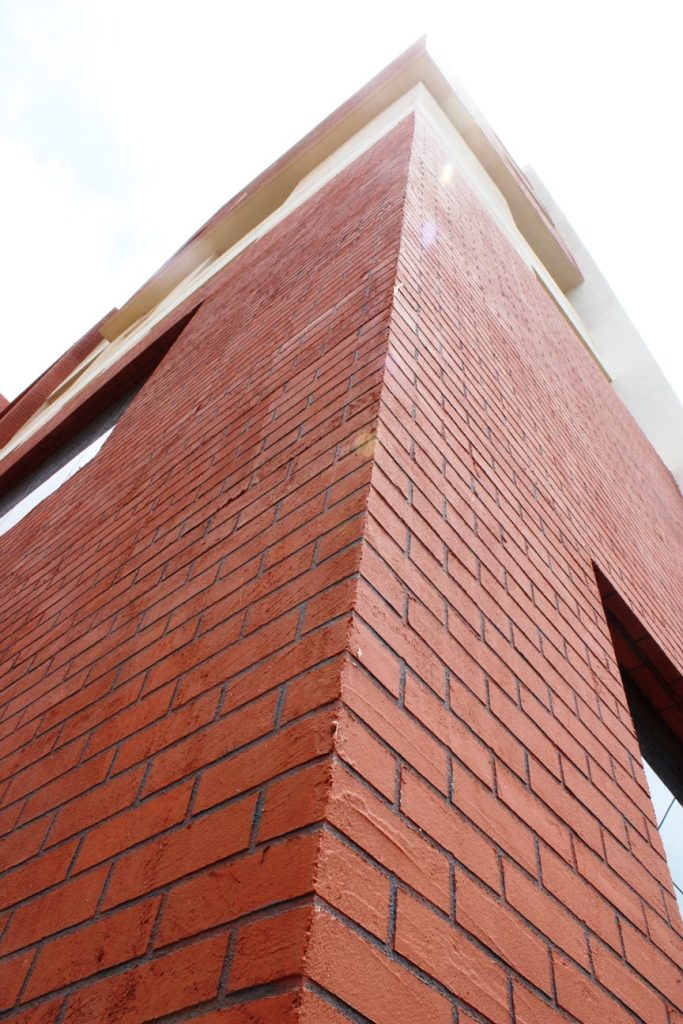
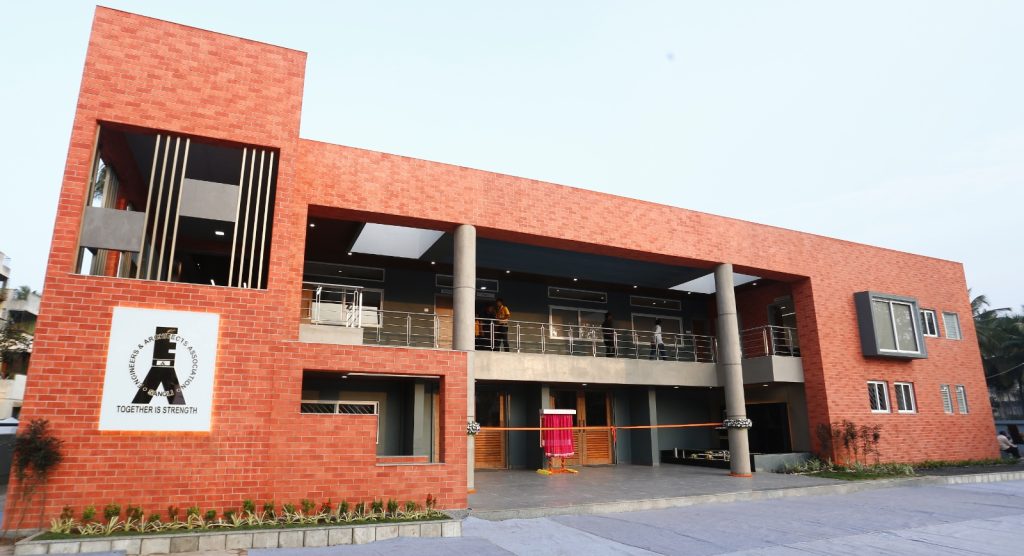



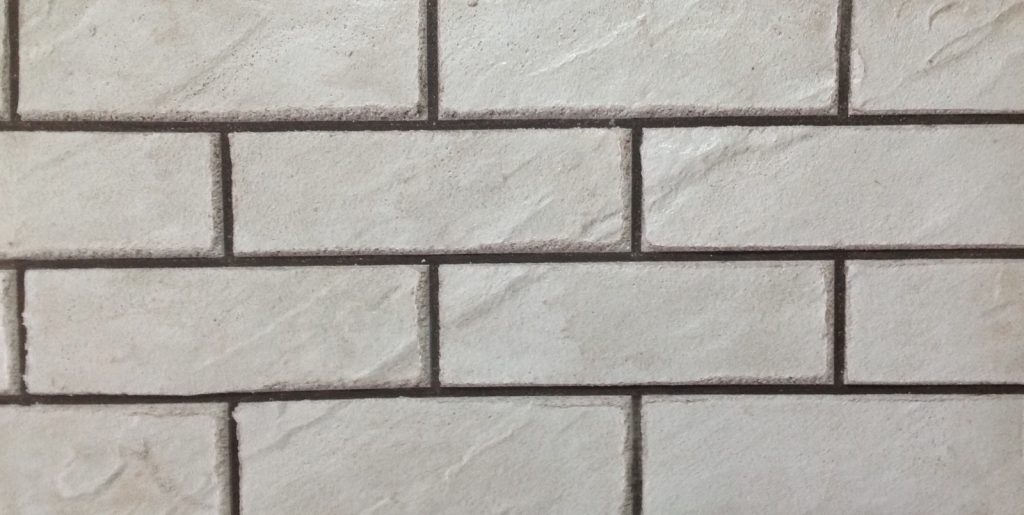
Gallary
Institute Building
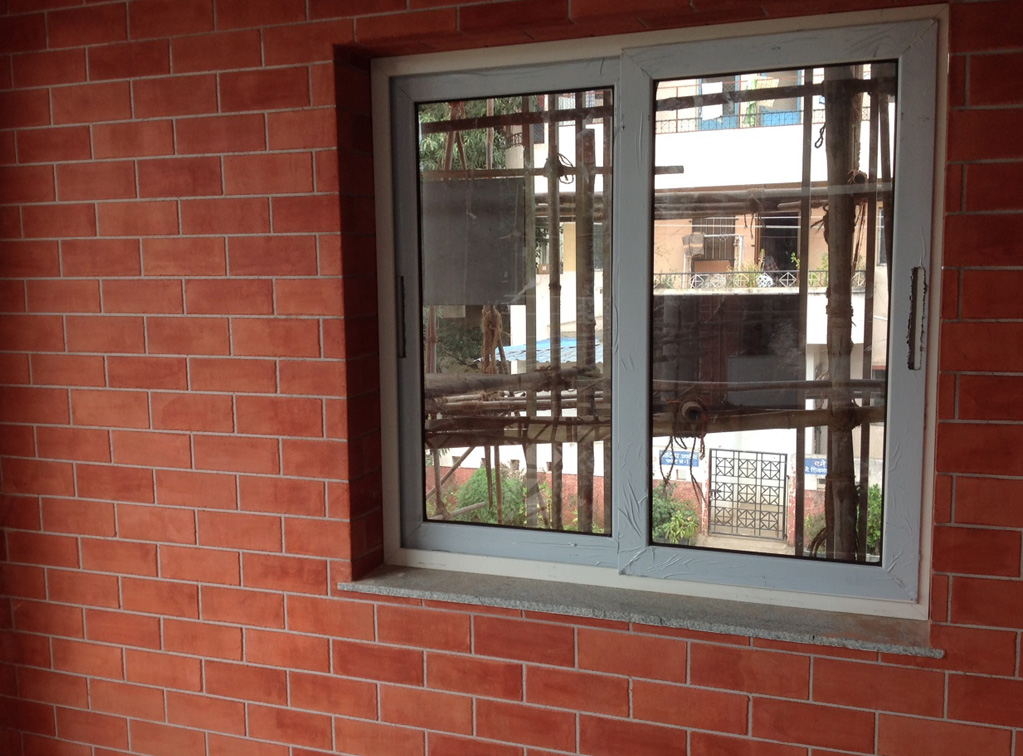

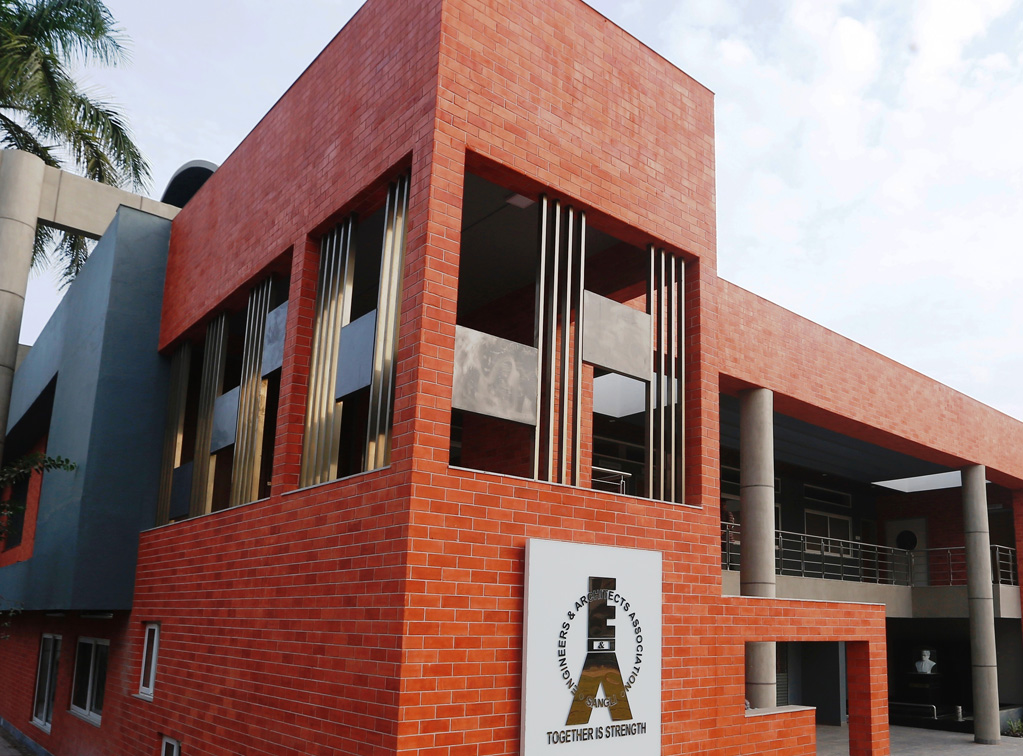
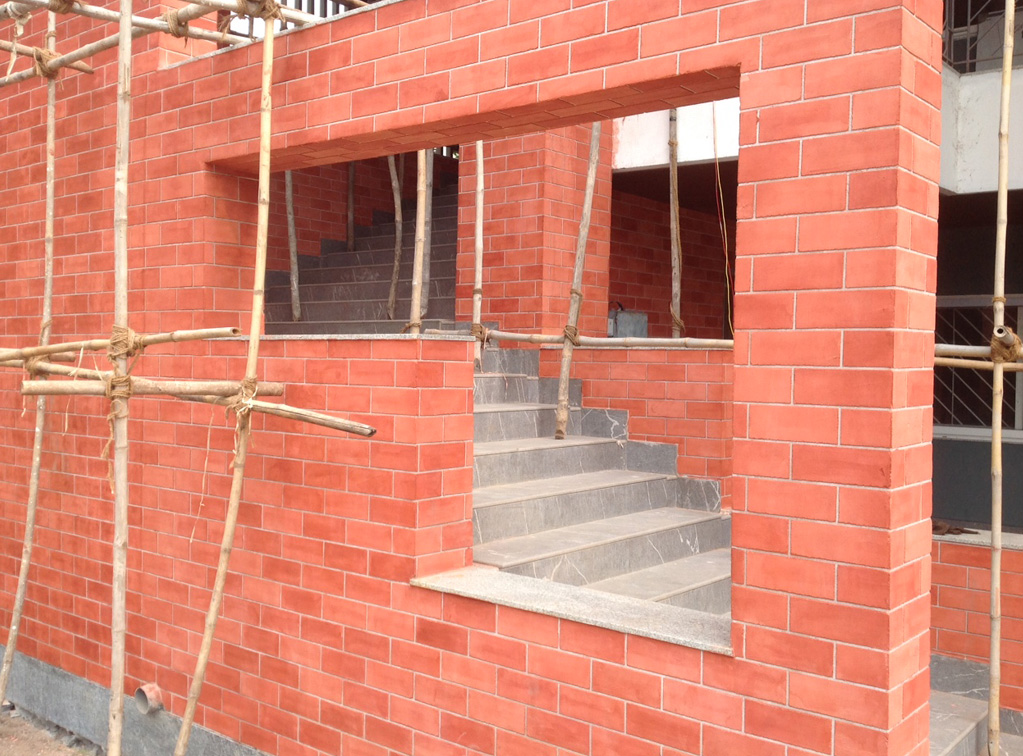
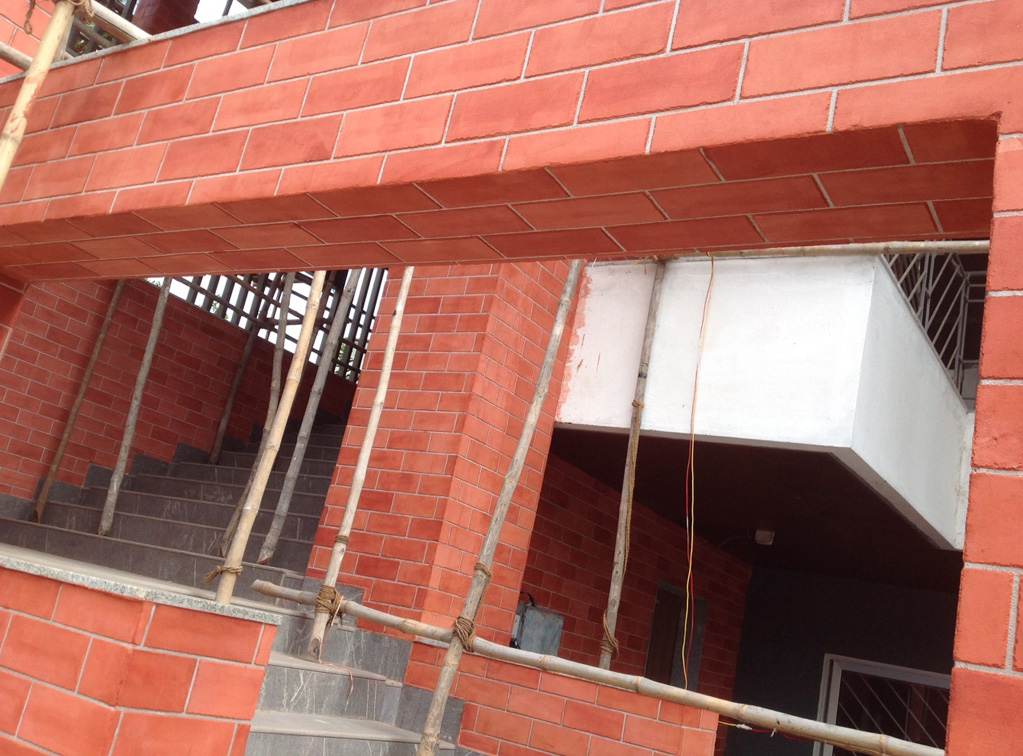
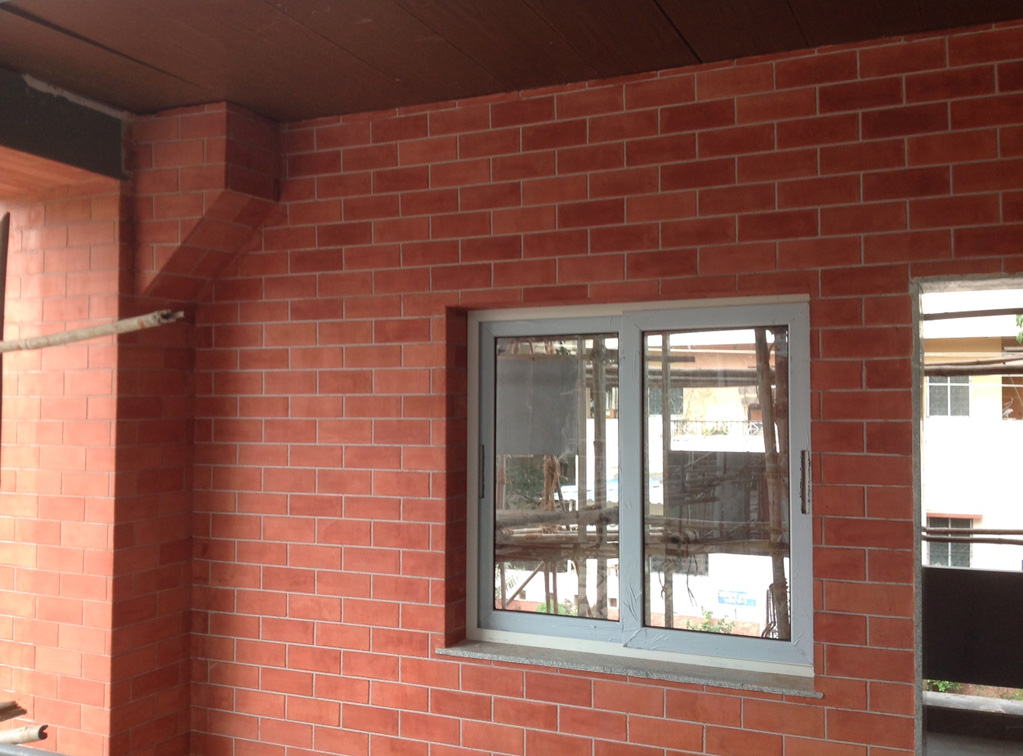
Institute Building

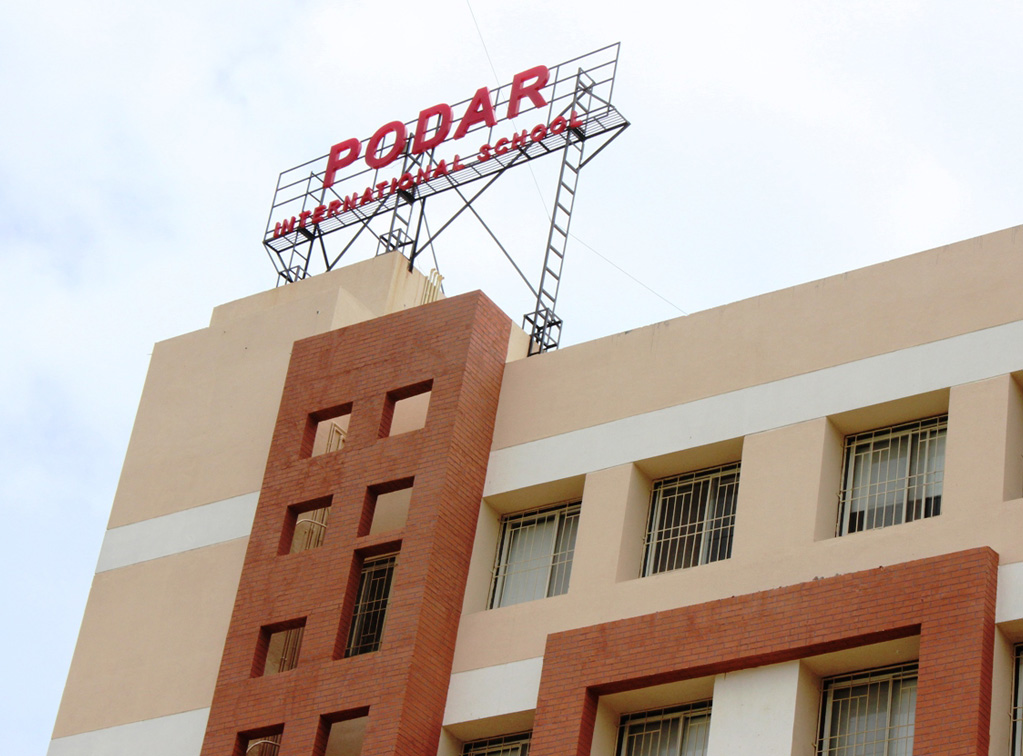


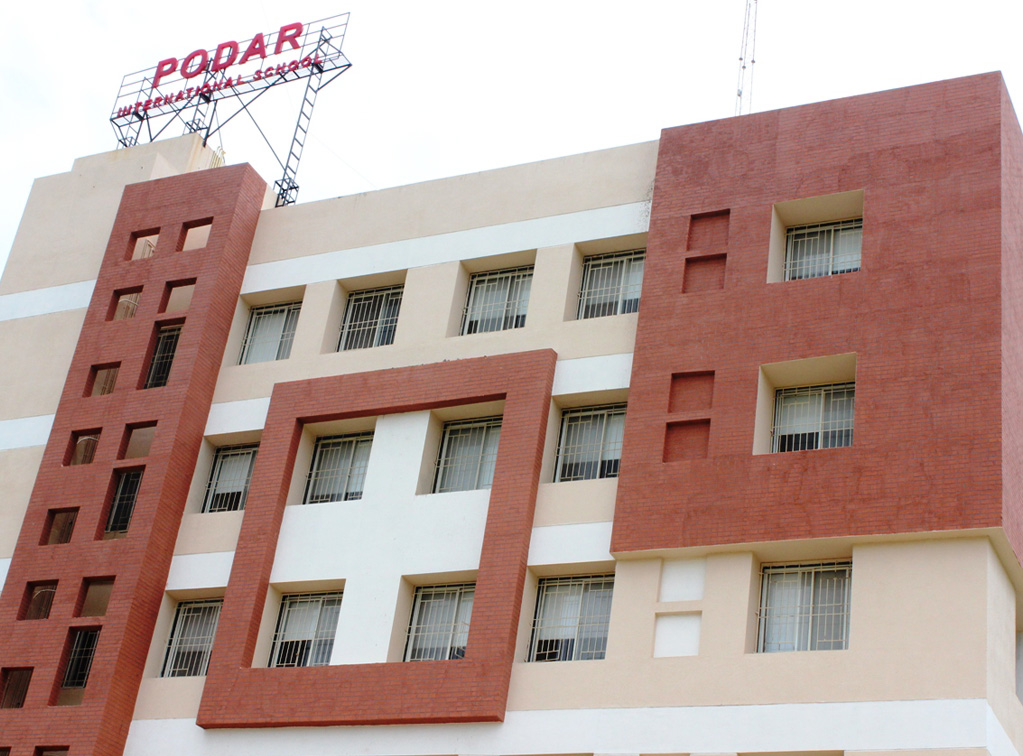

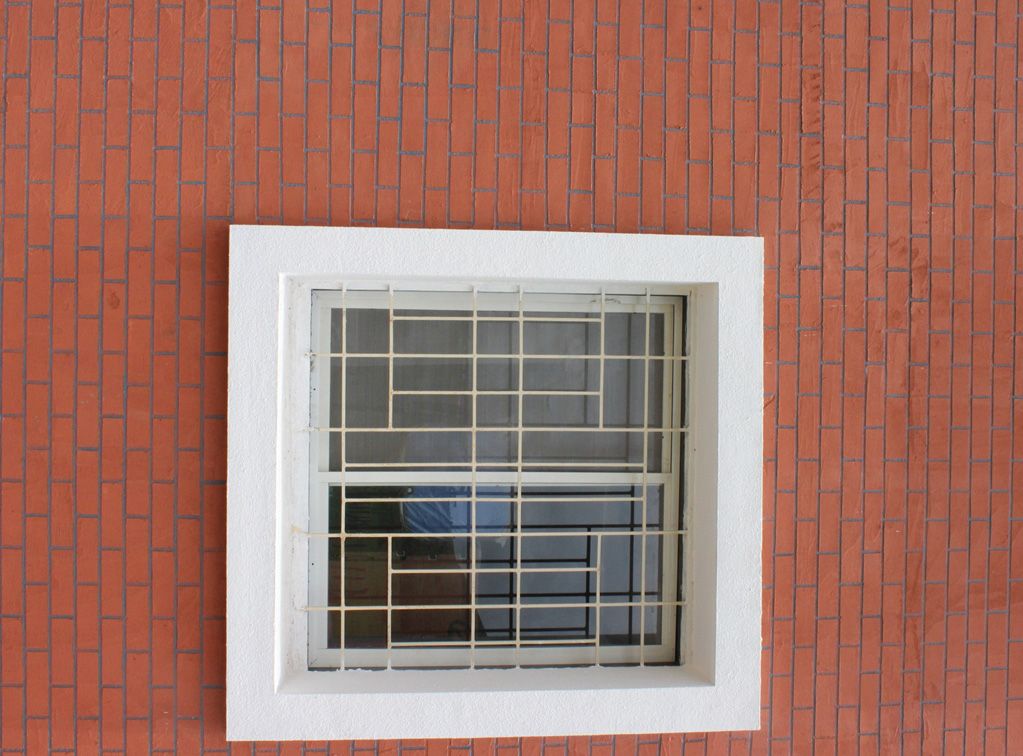

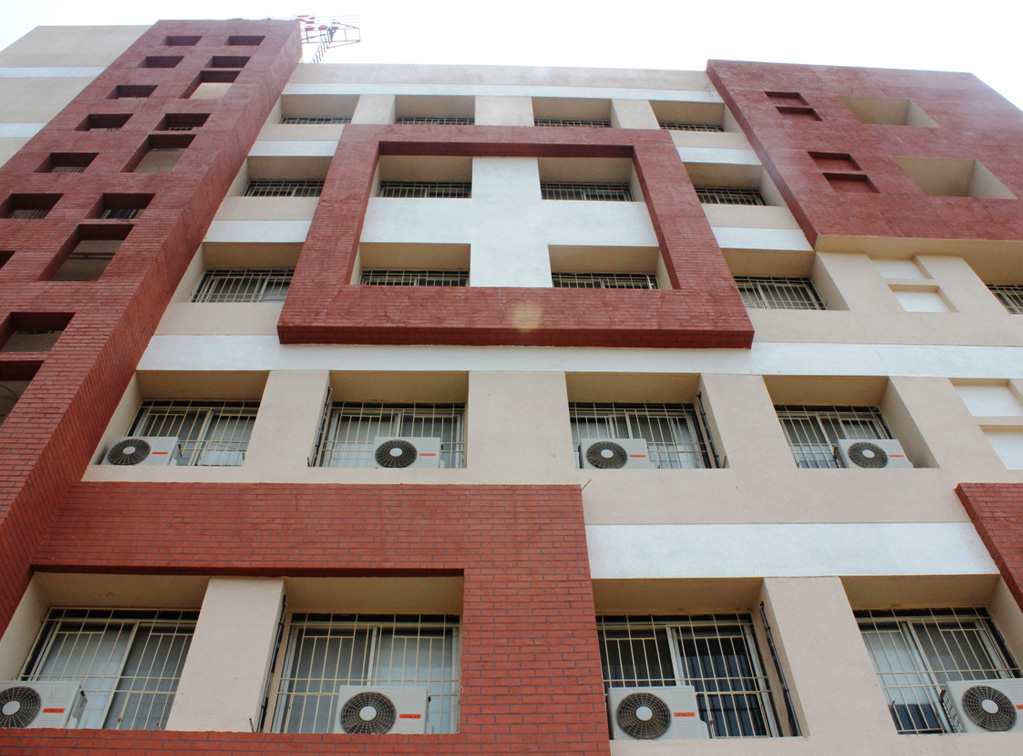
Bungalow
